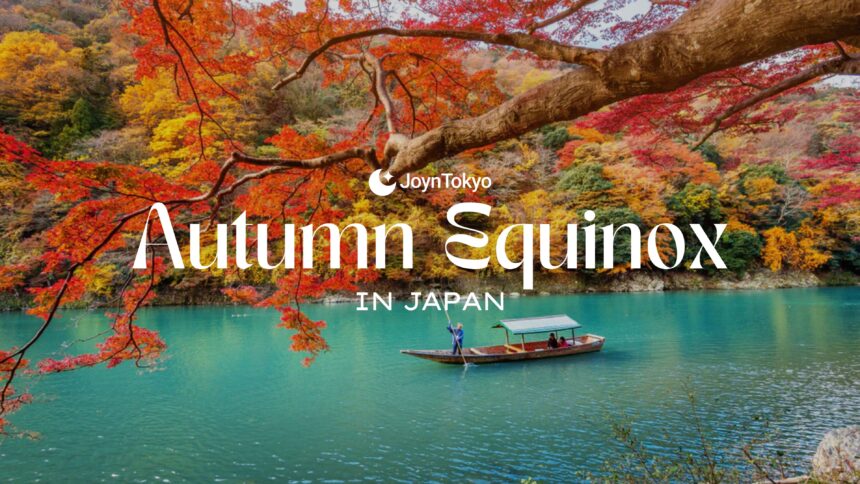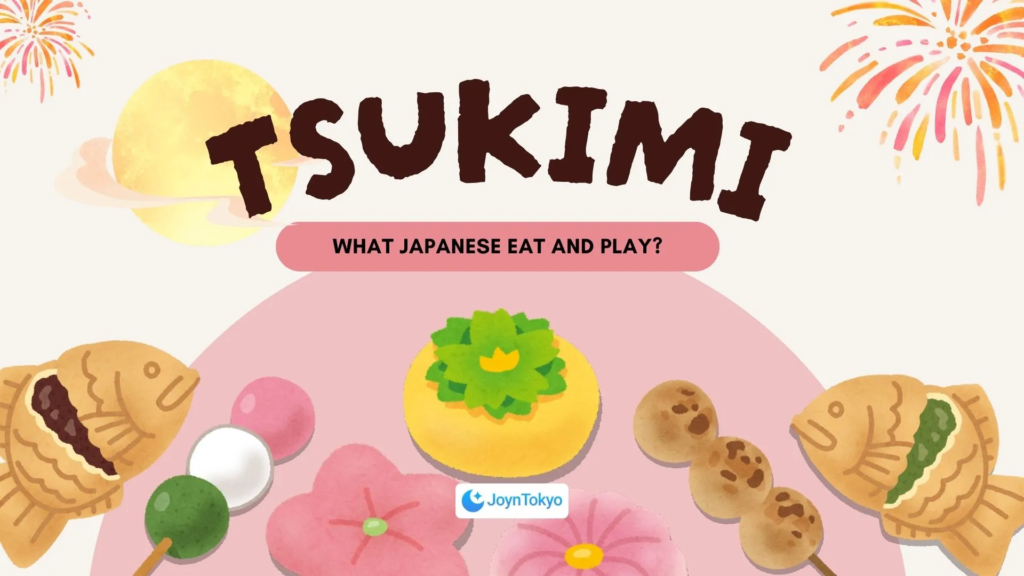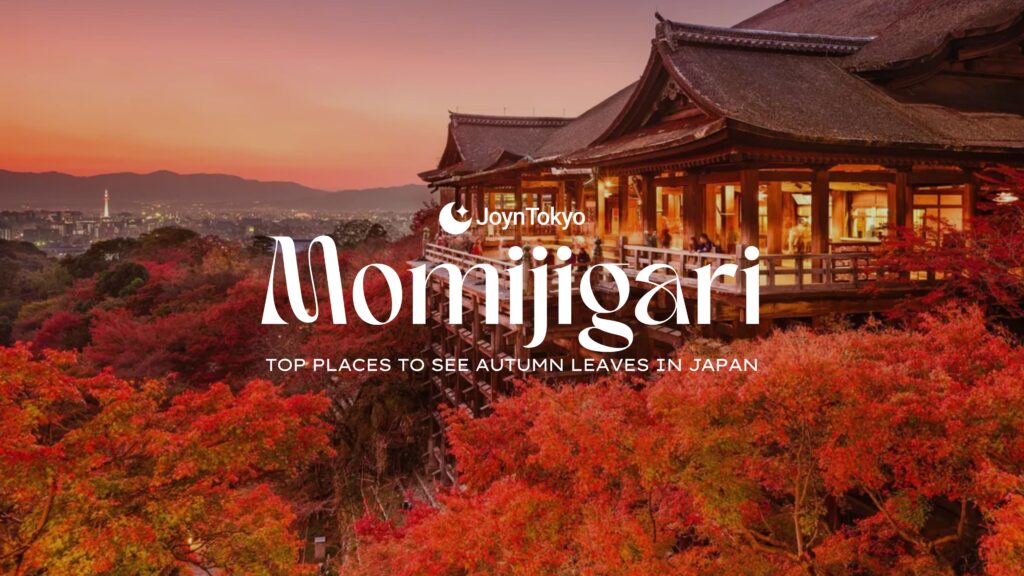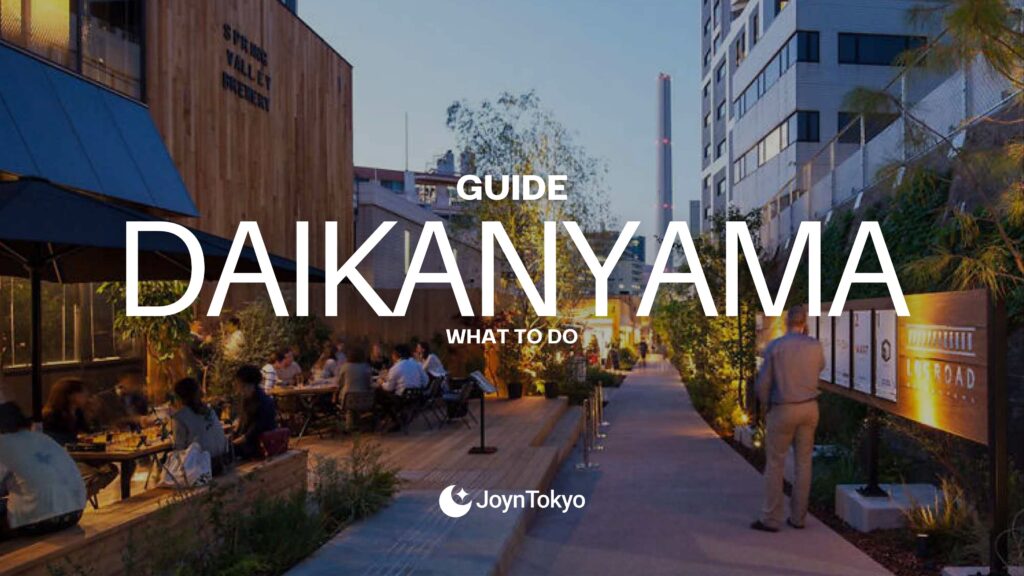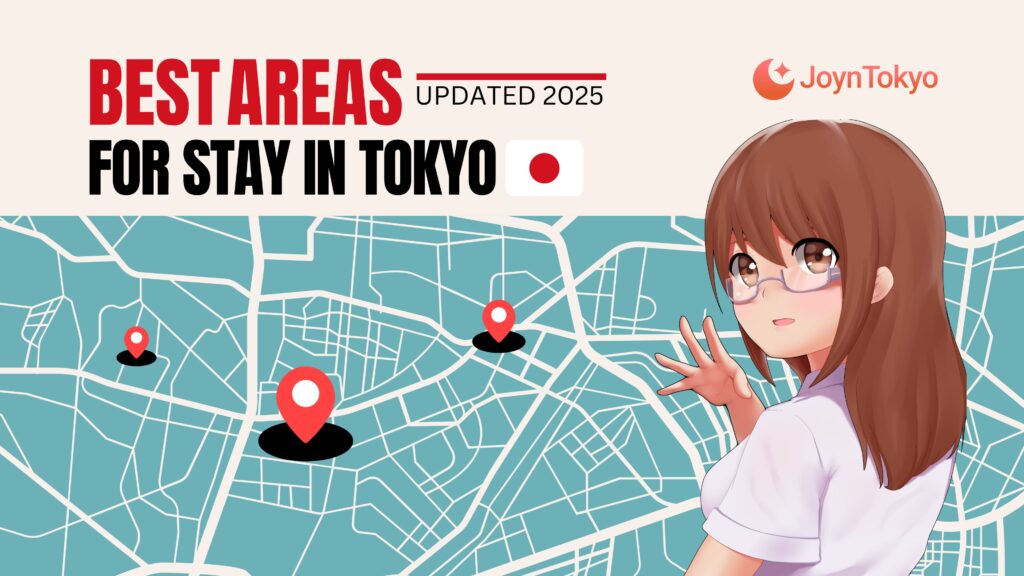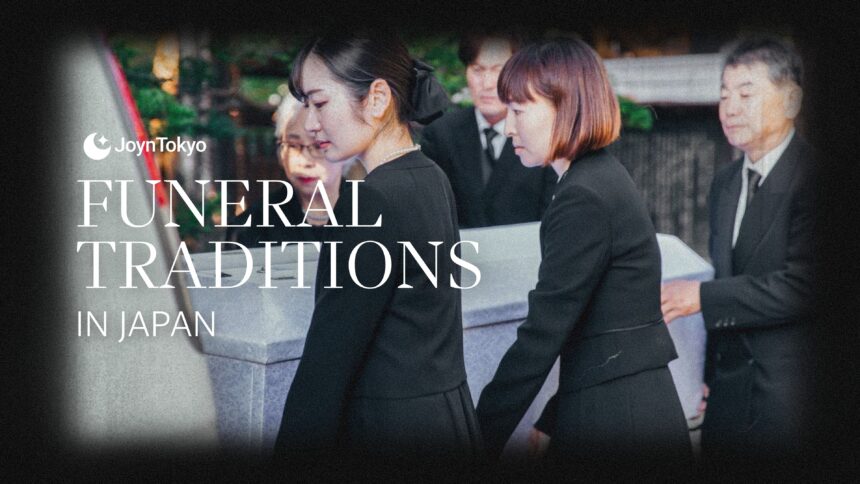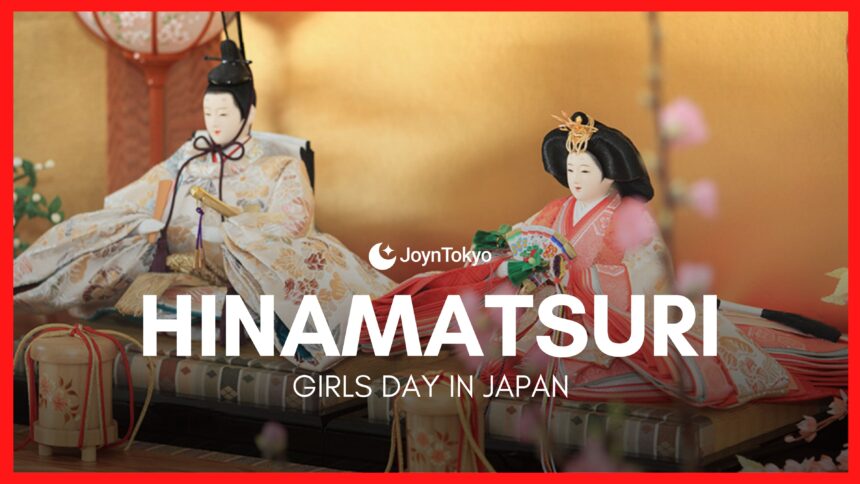Japan is a country that is proud of its seasonal traditions and practices. Indeed, many people from abroad note with some amusement that Japanese people will often note that “Japan has four seasons,” which is of course true for most countries. However, I think that what people are saying when they make this claim is less to do with physical phenomena, and more to do with the reverence given to them, including the autumn equinox.
This is true also of autumn, when Japanese people take the time to celebrate the summer heat finally breaking, the fall in humidity bringing clarity to the full moon in the sky, and the leaves turning yellow and red. There is even a national holiday for the season! Let me talk you through it.
What the Autumn Equinox Means in Japan
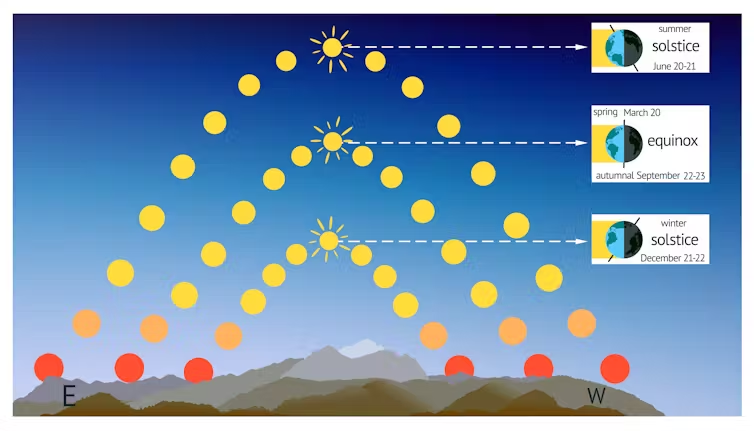
The autumn equinox — or fall equinox, as it is known in some countries — is the day when the hours of daylight and the hours of night time are approximately even all over the world. This is due to the Earth passing through what is known as the solar disk, and the rotation on the planet’s axis being perpendicular to the Sun.
In Japan, it is celebrated on Autumnal Equinox Day (Shubun no Hi/秋分の日). Although this national holiday was formalized in 1948, it was previously known as Shuki koreisai (秋季皇霊祭), an event important in the Shinto calendar as a time to respect previous emperors, as well as give thanks for the harvest. The 1948 secularized version came into law after Shinto was removed as the state religion following the conclusion of the Second World War.
So, what are some things that Japanese people associate with this holiday?
Spiritual and Cultural Traditions During the Equinox
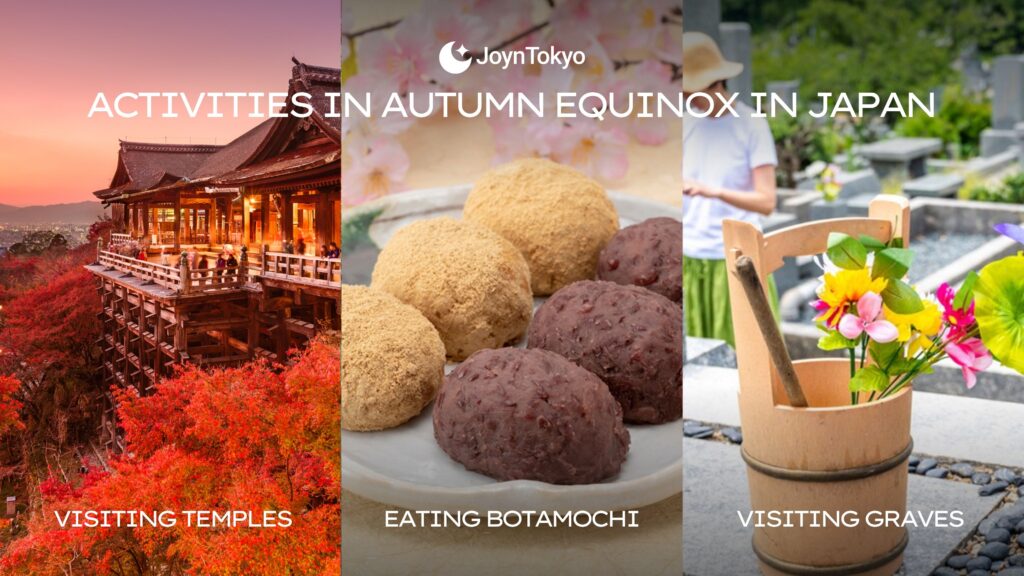
Despite the holiday now being secularized, habits and traditions are difficult things to forget, so much of the spirit of the old autumn celebrations remains. The most visible of these is the experience of visiting graves, which harkens back to the ideals of respecting one’s ancestors.
During this holiday, many families will visit Buddhist graveyards in order to clean the graves of their ancestors (many Japanese families have one communal grave: as cremation is common in Japan, there is almost no need for burial space, so family graves hold the spirits of a family’s ancestors). Many will also take the time to have a small meal with family, and leave offerings (typically food or alcohol) for the dearly departed.
As a brief sidenote for anyone who sees full, unopened cans of beer, chuhai, or bottles of sake on a grave: these are NOT for your consumption. It is extremely offensive to take offerings left for the dead, and the Australian Embassy in Japan had to get involved after an Australian influencer provoked outrage by streaming himself drinking a can of chuhai left on a grave.
Similar to hanami in the Spring, Japanese people also take the time to appreciate the colorful falling leaves, as well as the temperate weather. And just as cherry blossom are considered the official flower of spring, so is the red spider lily Japan’s “official” autumn flower. Its bright red colors and distinctive shape make it a favorite at this time of year. Kinchakuda Spider Lily Display in Saitama, about an hour and a half by train from Ikebukuro, is an excellent place to view these gorgeous flowers.
Visiting Temples and Shrines
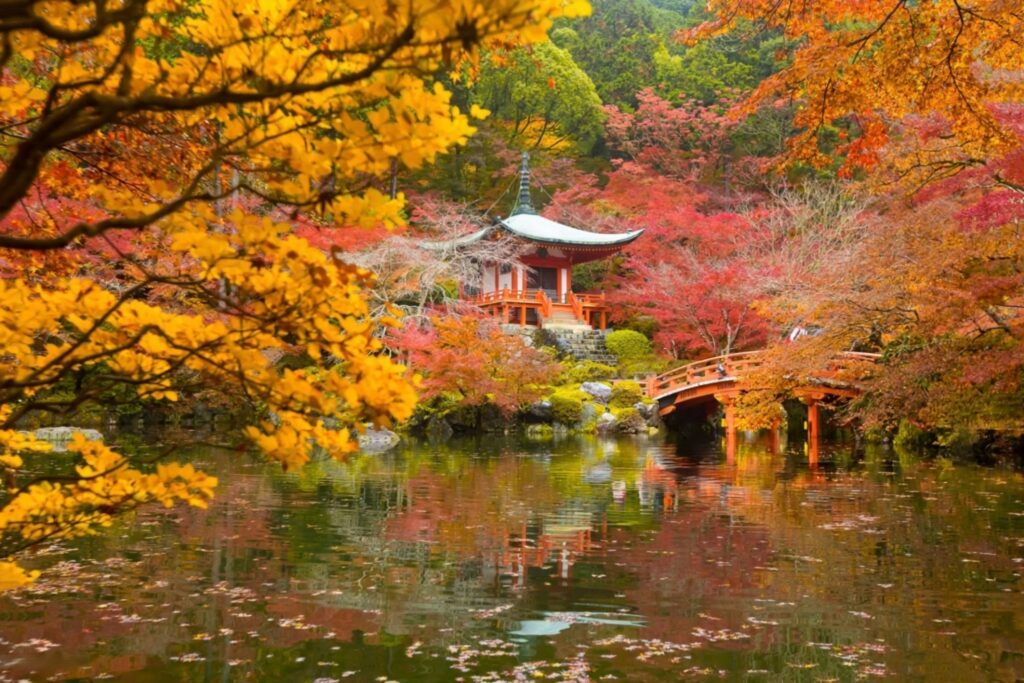
As mentioned, this is also a time for people to pray for a good harvest, and hope for a good crop in the future. As such, many will venture to their local shrines to pray, and there are also often local festivals around this time of year. Not unlike harvest festivals in other parts of the world, these are usually where locals can gather to eat and drink together, with stalls selling street foods. There are also sometimes performances, such as dancing.
Tsukimi is also a regularly observed event at this time of year. While it rarely falls on the equinox itself, the Harvest Moon is considered to be the one closest to the equinox. As such, it is often associated with this holiday, even if they do not map onto each other one-to-one.
Read More
Seasonal Foods and Offerings Tied to the Equinox
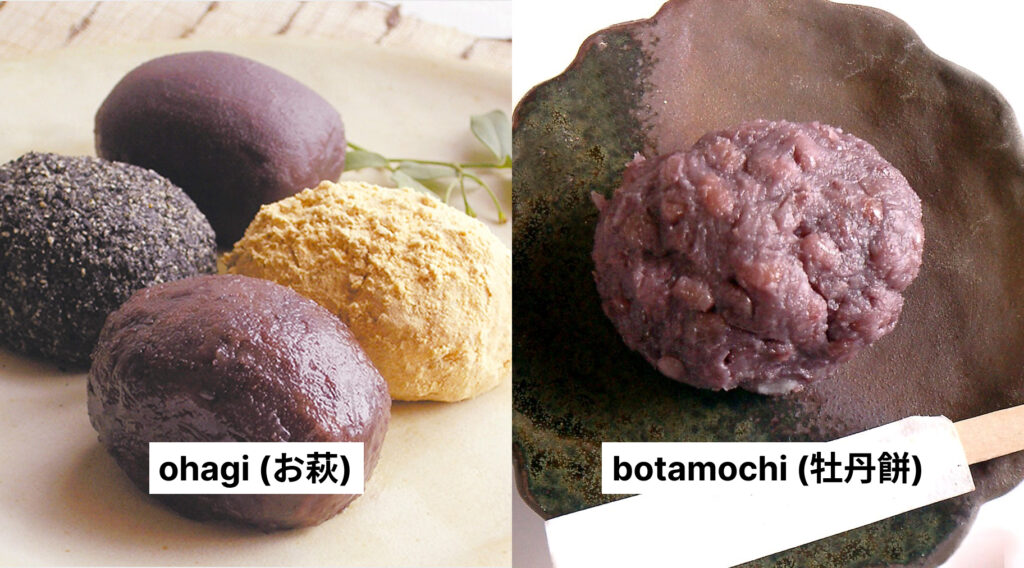
As with other seasonal occasions in Japan, autumn and the equinox bring with them certain foods and delicacies to enjoy. The most significant of these is ohagi (お萩), also known as botamochi (牡丹餅), a sweet treat consisting of rice that has been cooked through, squashed together, and covered in red azuki sweet bean paste, whose deep red reflects the colors of the season.
Along with this, the Harvest Moon admired as part of tsukimi means that many restaurants will offer special foods made with egg, where the perfect yellow of the yolk is reminiscent of our favorite satellite. Ramen, udon, and other noodle shops will often add uncooked egg yolks to top their dishes, while many burger places (including McDonalds) will have special sandwiches on sale that include fried egg.
Where to See the Best Autumn Scenery During the Equinox
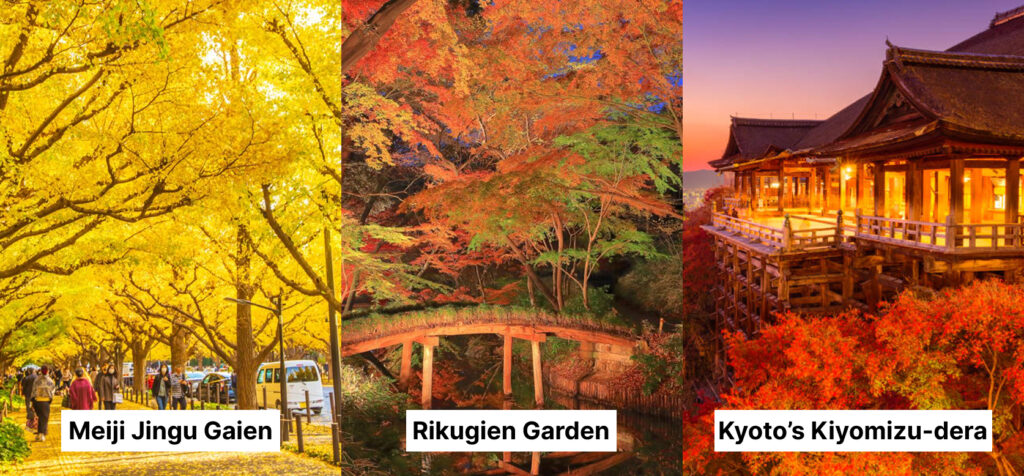
As well as Kinchakuda Spider Lily Display, there are a number of other places that are terrific for seeing the autumn colors. For bright yellow ginko leaves, Tokyo is home to Meiji Jingu Gaien and Rikugien Garden, while Kyoto’s Kiyomizu-dera is a top spot. Find out more about Momijigari and the bright yellow colors of autumn in Japan here.
Read More
Further afield, Hokkaido’s Daisetsuzan National Park is well-known for getting the beautiful gold and red leaves first in the country, as the cooler climate causes deciduous trees to begin their dormancy.
Nikko, a few hours outside of Tokyo, is also popular at this time of year for travelers, as is the Five Fuji Lakes area, around Mt. Fuji. In the Chugoku region, Mt. Daisen offers excellent among the yellows, browns, and reds of its foliage.
A terrific time to connect with nature, your community, and even your ancestors, Autumnal Equinox Day is what you make of it. Whether you’re eating an egg hamburger or visiting a festival, make sure to take advantage of the opportunities this holiday brings.

